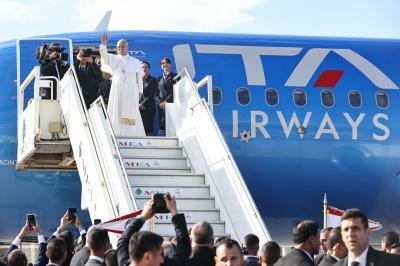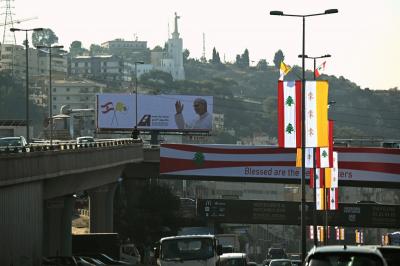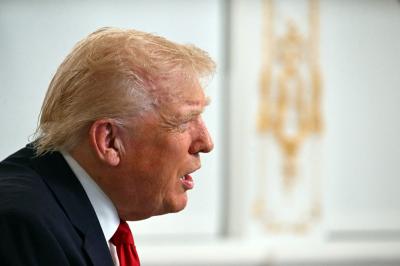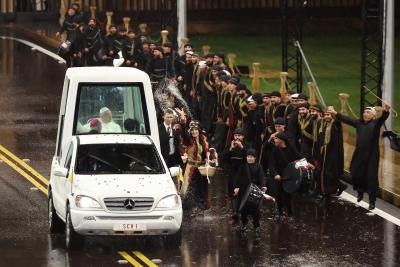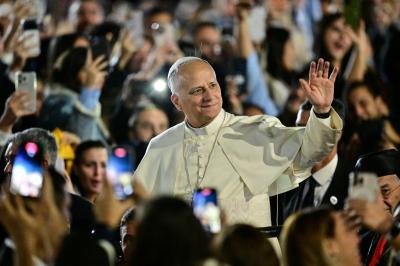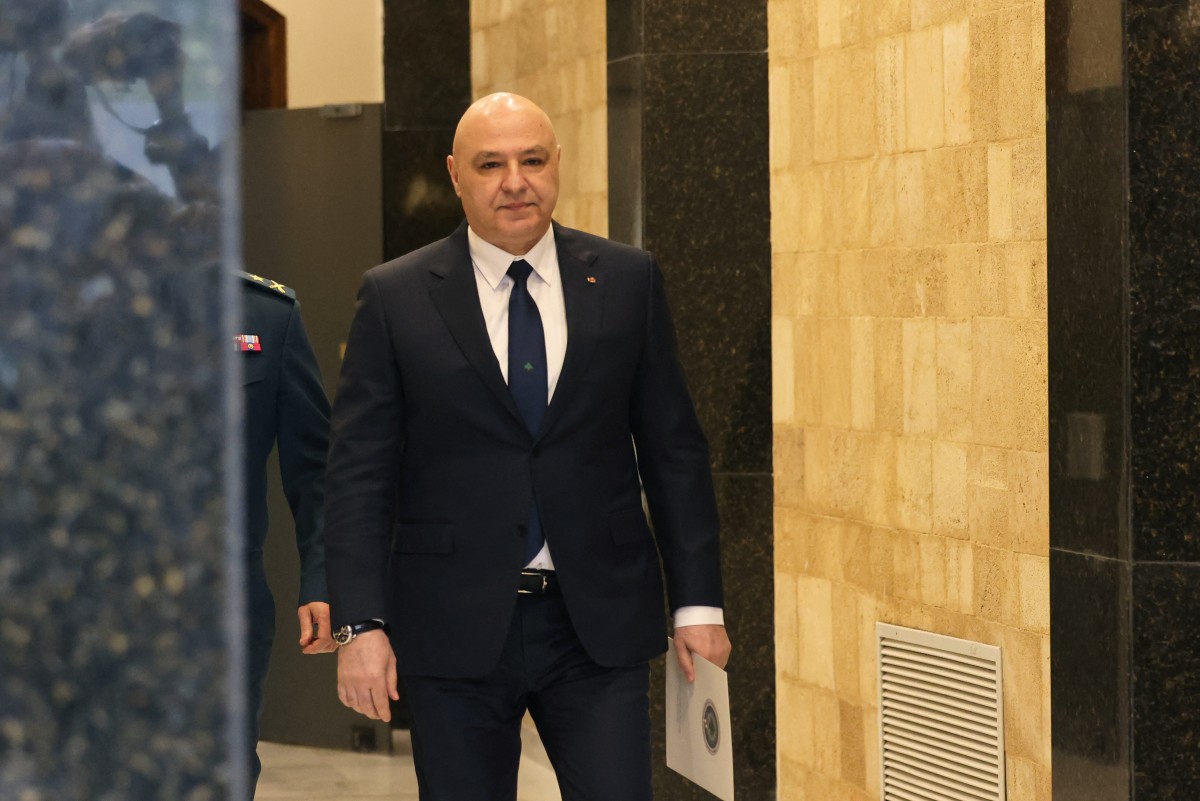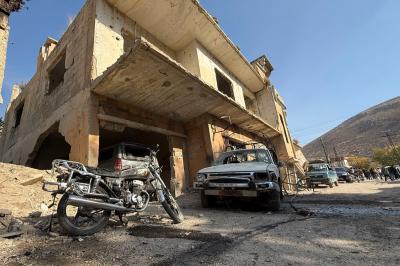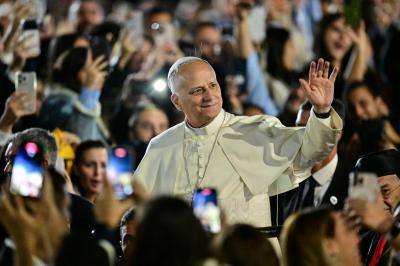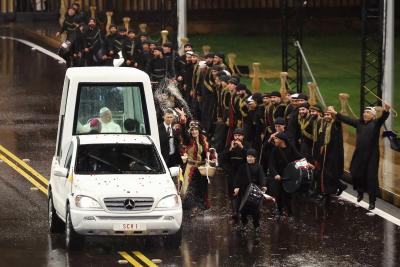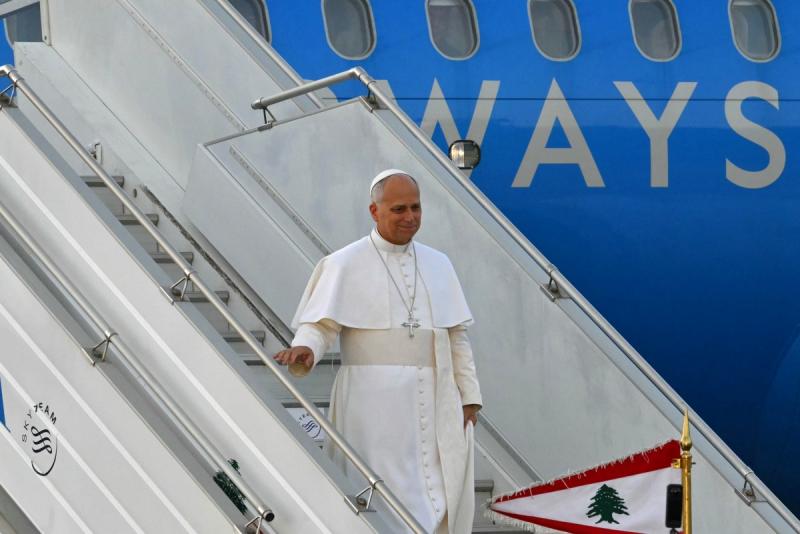The year 2025 was anything but ordinary on Lebanon’s calendar from its earliest days. After more than four decades of living under the dominance of successive “bubbles”—political, military, security-related, partisan, sectarian, and confessional—driven by Palestinian, Syrian, Iranian, and jihadist influences, and amid a scene where fragility and complexity intertwined, Army Commander General Joseph Aoun was elected President of the Republic on January 9. The election took place in Parliament’s Nejmeh Square over two rounds, two hours apart, ending a presidential vacuum that had lasted more than 32 months since the end of Michel Aoun’s term on October 30, 2022. It marked the beginning of laying the foundation stone for building a promising state over the rubble and ruins left by the “mini-states” that had reigned before it.
A Promising Speech—But…
In his inaugural address, delivered immediately after his victory was announced, President Joseph Aoun made sweeping promises that rekindled a sense of dignity and hope among the Lebanese. “We are facing a governance crisis that requires a change in political performance… in the philosophy of accountability and oversight, in the centrality of the state and in ending unbalanced development, and in combating unemployment, poverty, and human and environmental desertification,” he declared.
Yet the test of intent came quickly. At a Cabinet session he chaired in Baabda Palace on the fifth of this month, an item was presented calling for the Lebanese state to hold an exclusive monopoly on weapons within its territory—fully in line with his speech and the ministerial statement of Prime Minister Nawaf Salam’s government.
“Hezbollah,” however, launched a political, mobilization, and media offensive against the proposal, preventing it from even being put forward or discussed. This once again raised the fundamental question: Is the party’s weapons the only obstacle to completing the state-building project?
The initial answer: Yes—without the slightest doubt.
But there are other no-less-dangerous factors, chief among them the persistent “sectarian incitement” that continues to simmer, particularly in Tripoli, a city already stung by the long-stopped clock of time.
Tripoli and Historical Anxieties
To recall: Tripoli’s anxieties flared again in late January 2021, when violence erupted. “Protesters” attacked the Government Serail—home to the office of North Governor Ramzi Nohra, aligned with the Free Patriotic Movement—set fire to the city’s historic municipal building, destroying its records, and prompted former Prime Minister Najib Mikati to declare on Al-Jadeed TV: “Tripolitans did not wish, a hundred years ago, to join the State of Greater Lebanon.”
That statement, no less perilous than weapons, revived old debates over the very idea of Greater Lebanon—particularly the decision by French General Henri Gouraud in 1920 to annex the South, the Bekaa, and the North to the autonomous district of Mount Lebanon.
Tripoli’s Historic Leaders’ Stance
Mikati’s remarks were not an exception. Earlier Tripolitan leaders had also rejected the concept of Greater Lebanon—most notably Abdel Hamid Karami (1887–1950), who repeatedly tried to persuade Syrian President Shukri al-Quwatli and Egyptian Prime Minister Mostafa El-Nahhas Pasha to remove Tripoli from the nascent Lebanese state, and Rashid Karami (1921–1987), who made the same appeal to President Gamal Abdel Nasser. The Arab leaders’ response was always the same: Stay in Greater Lebanon.
This stance eventually nurtured an environment resentful of the “logic of the state.” Tripoli witnessed pivotal moments confirming this, including support for the 1958 revolt against President Camille Chamoun during the fierce struggle between Nasser’s Egypt and the Baghdad Pact, which led to the U.S. Marines’ intervention. Other milestones included the creation of the “State of the Wanted” led by Ahmad al-Qaddour in 1973, before the outbreak of the civil war, and the assassination of North Governor Qassem Imad in December 1975.
Tripoli: City of Diversity and Discord
Although this Tri-Polis was once a symbol of diversity—home to neighborhoods like the Tyrians’ Quarter, the Sidonians’ Quarter, and the Arwadians’ Quarter—its traditional leaderships insisted on stripping it of that symbolism, using it instead as a pressure card against the central state. Thus, the state’s prestige has remained on the line from South to North.
This raises another pressing question: Will the Lebanese state assert its authority only in the South, where the remnants of “Hezbollah”’s weapons lie? Or will the project to restore state authority extend to the North as well, where a political mindset—rooted historically and still active today among Tripolitan leaders—has long resisted the idea of “Greater Lebanon,” which since 1943 has been called the Lebanese Republic?
The answer, in brief: The pivot for building a “New Lebanon” is now firmly placed in Baabda Palace—cleaner and stronger than ever—stretching from South to North. I am convinced that this new Lebanese era can fulfill that mission, if only the Lebanese—from South to North—listen, beyond patronage and delusion, to its call for “living together” rather than merely “coexisting” under the banner of a country that should unite us all.
Please post your comments on:
comment@alsafanews.com
 Politics
Politics
